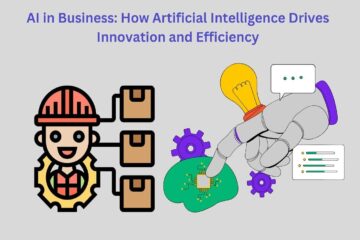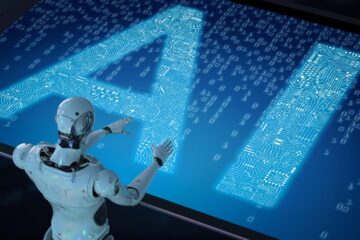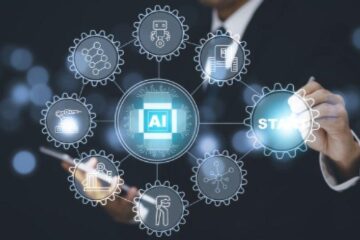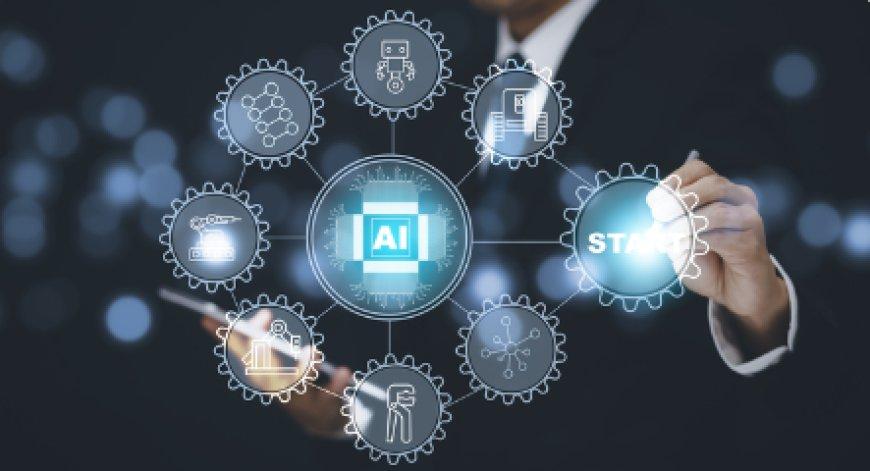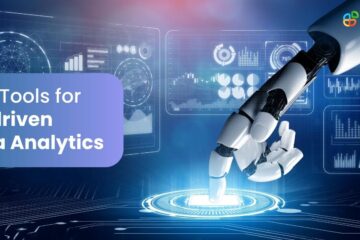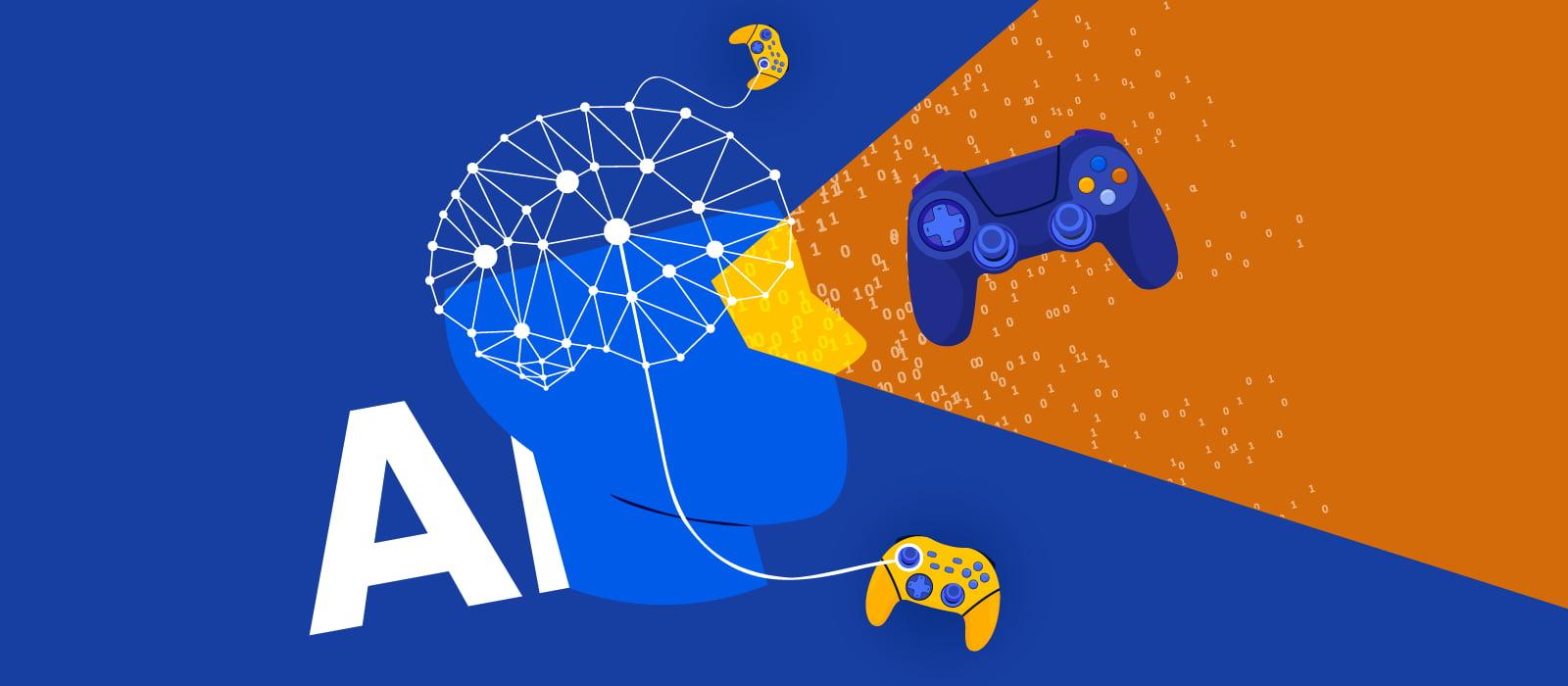
AI for game development
In an industry where innovation shapes the boundaries of creativity, AI for game development is rapidly transforming the way interactive experiences are created, played, and improved over time. From crafting complex NPC behaviors to generating entire game worlds autonomously, artificial intelligence isn’t just a new tool—it’s changing the very nature of game design. But what does this mean for developers, designers, and players? In this article, we’ll dive deep into the fascinating ways AI is revolutionizing the gaming landscape, exploring both current applications and future possibilities. Whether you’re a seasoned game developer looking to integrate AI into your next project or just curious about the tech driving the gaming industry forward, this exploration will illuminate the impact AI is having on how we create, play, and understand video games.
Table of Contents
- Enhancing Game Mechanics Through Machine Learning
- Procedural Content Generation with Artificial Intelligence
- AI-Driven Player Behavior Analysis for Better Engagement
- Streamlining Game Development Pipelines with Automation Tools
- Wrapping Up
Enhancing Game Mechanics Through Machine Learning
One of the standout contributions of machine learning to game development is its potential to evolve in-game mechanics based on player behavior. Adaptive AI can create more dynamic and personalized gaming experiences by learning from how players interact with the environment, enemies, and even complex game systems. For instance, rather than relying solely on pre-defined difficulty settings, a game could adjust its challenges, crafting a unique narrative or difficulty curve tailored for each player. This approach opens up the potential for games to shift from linear experiences to ones that grow with the player over time, encouraging more engaged and prolonged play.
Machine learning can also enhance procedural generation, ensuring that randomly created content—whether it’s levels, items, or quests—combines both randomness and purpose. As seen in games like No Man’s Sky, this balance is crucial. ML models can be trained to prioritize certain player preferences or introduce calculated variance, hiding patterns that can make procedural design feel predictable. This makes each playthrough truly unique. For those interested in understanding how AI shapes procedural design, this resource from GA Tech dives deeper into the technical aspects behind these algorithms. Additionally, using ML to refine player movements, AI responses, and resource management systems has given game developers new tools to create more immersive and reactive environments.
Procedural Content Generation with Artificial Intelligence
Here are some key areas where AI shines in conjunction with PCG:
- Dynamic level generation: Games like “No Man’s Sky” utilize AI and PCG to create expansive worlds filled with procedurally generated species, landscapes, and ecosystems, all while maintaining connectivity between different gameplay elements (source).
- Adaptive storytelling: AI can adjust storylines based on player decisions, allowing for narratives that feel both personal and immersive, as seen in some modern role-playing games.
- Balancing gameplay elements: AI helps in fine-tuning challenges, keeping certain encounters exciting yet fair, ensuring a good balance of progression.
AI-Driven Player Behavior Analysis for Better Engagement
AI’s ability to analyze vast amounts of player data allows game developers to gain deeper insights into player behavior, making it easier to enhance engagement strategies. By tracking detailed metrics such as in-game actions, decision patterns, and even microscopic movements in complex environments, AI can build comprehensive player profiles. These profiles, when used correctly, empower developers to fine-tune mechanics and align them with different playstyles, ensuring a personalized experience that keeps players coming back.
Specifically, AI models can detect trends in player behavior that may not be obvious to human analysis. For instance, AI can identify patterns that signal player frustration, moments where players typically abandon the game, or peaks in emotional engagement during specific gameplay events. Based on these insights, developers can implement targeted recommendations, such as adjusting difficulty levels, introducing fresh content at peak drop-off points, or crafting new tutorials where needed. Many studios now rely on real-time AI-driven feedback loops to push updates that respond directly to the player’s journey, further enhancing immersion and satisfaction. This dynamic evolution has set a new standard in player retention and game longevity. Learn how AI impacts post-launch strategies.
Streamlining Game Development Pipelines with Automation Tools
One of the most impactful ways AI enhances game development is by streamlining traditionally time-consuming tasks through automation tools. Repetitive actions such as asset creation, scene setup, and playtesting can now be handled by AI-driven technologies, reducing the overall programming and design burden for teams. For instance, AI can assist in procedural generation, automatically creating vast game worlds that might otherwise take months of manual work. Tools like Houdini and others provide developers the flexibility to simulate and tweak environments with a few simple inputs, allowing a greater focus on creative decision-making.
| Task | Traditional Time | AI-Assisted Time |
|---|---|---|
| Asset Creation | Weeks | Days |
| Level Design | Months | Weeks |
| Playtesting | Weeks | Hours |
By using algorithms designed to automate debugging, a process that once required extensive human input, developers can take advantage of enhanced quality assurance (source). Automation doesn’t just save time; it also detects subtle bugs that human testers might miss. This allows teams to focus more on narrative and player experience, ensuring smoother development workflows without unnecessary bottlenecks. For further reading, check our insights on AI-driven procedural design from last month’s post here.
Wrapping Up
As the curtain slowly descends on our journey through AI in game development, it’s clear that we stand at the frontier of a new era in creative storytelling and immersive gameplay. The line between player and world, creator and creation, grows ever more blurred — AI isn’t just accelerating the process, it’s pushing the boundaries of what we thought was possible. While challenges around ethics, creativity, and control remain ever present, one thing is certain: the fusion of human imagination and artificial intelligence continues to reshape our vision of the virtual. As gamers, developers, and dreamers, the possibilities are more exciting than any endgame. Whether we’re coding, coding alongside, or simply playing, the adventure has only just begun.

